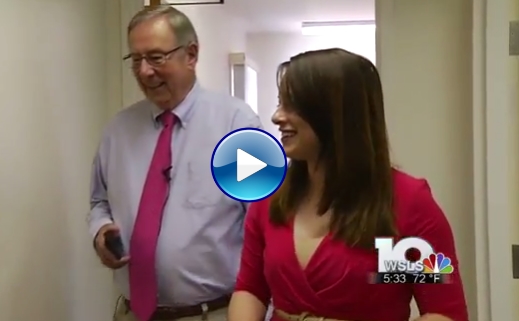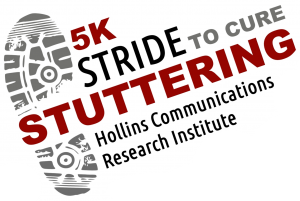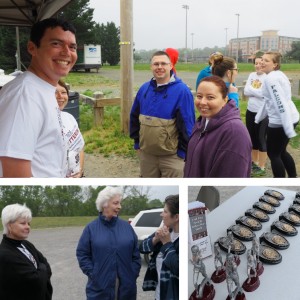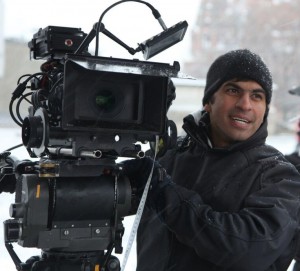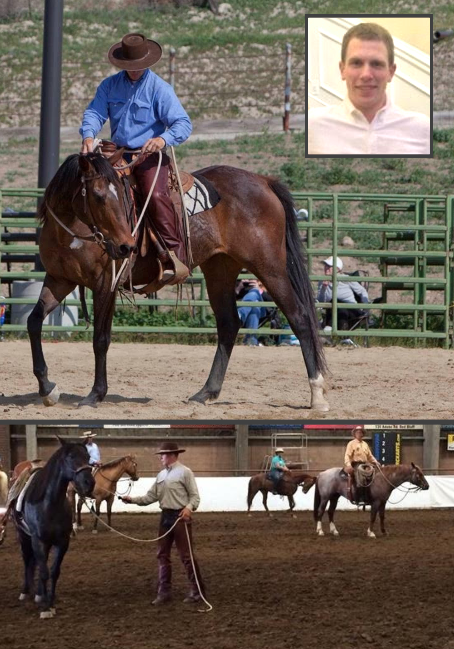Bethany Marcusson-Mercedes works at a thriving start-up company that specializes in educational technology. As an experienced educator and school administrator, she is uniquely qualified in her role as a trainer and teacher liaison to help the company transform classrooms around the globe using new mobile technology.

Bethany’s responsibilities involve regular travel and speaking in front of large groups of educators on an ongoing basis. With the confidence and expertise she exudes in her presentations, no one is aware that Bethany has lived with a stuttering condition that impacted her ability to speak fluently since the age of three.
Beginning in elementary school, Bethany’s parents were proactive and enrolled her in speech therapy to address her stuttering. While she worked hard in therapy year after year, she continued to struggle with her speech on a daily basis.
She confronted ongoing communication challenges and was mocked by classmates because of her stuttering. Yet, with ever-growing fortitude and the encouragement of her parents, she pushed forward with her young life and participated in school and extracurricular activities.
Then, when she was 16 years old, Bethany and her parents were introduced to an engaging woman at their church who also had a stuttering condition – yet spoke fluently. Bethany learned that her new friend participated in the stuttering therapy program at Hollins Communications Research Institute (HCRI – www.stuttering.org) in Roanoke, Virginia where she acquired skills to speak fluently and spontaneously.
Developed by stuttering expert and HCRI Founder Ronald L. Webster, Ph.D., HCRI stuttering therapy is a science-based, 12-day behavioral treatment that has been tested with thousands of stuttering cases. HCRI’s specially trained clinicians utilize detailed behavioral therapy protocols and advanced technology to systematically teach people how to replace abnormal muscle contractions that cause stuttering with specific, new muscle movements that generate fluent speech.
“Our center’s early research demonstrated that stuttering is a physical condition and not emotionally based. HCRI therapy teaches individuals how to control the physically derived repetitions, prolongations and voice blockages that characterize stuttered speech.” Webster explained. “During our treatment program, clients are methodically taught new ways of speaking that enable them to stop stuttering and generate fluent conversations in everyday situations.”
That meeting at church was a turning point in Bethany’s life. Her parents enrolled her in HCRI stuttering therapy. Bethany was excited about her treatment program and seized the opportunity to acquire skills that would enable her to take charge of her stuttering once and for all.
“I found HCRI stuttering therapy hard work. Each day was intensive and led to the next step in the treatment process. The other therapy participants and clinicians were an excellent support system throughout the program and afterwards,” Bethany said.
By the end of her treatment, the teen could speak fluently for the first time in her life. The therapy was transforming. Yet, Bethany knew that she had to commit to practicing her new speech skills every day once she returned home.
“Daily practice helped me habituate my fluency capabilities. While some days were harder than others, I continued to persevere to control my stuttering,” Bethany explained.
Even now, many years later, when she is preparing to speak in front of groups, Bethany mentally reviews the fundamental fluency principles she learned at HCRI.
“Without a doubt, I would not have the career that I have today without HCRI. The therapy and ongoing support from HCRI have made such a difference in my life,” she concluded.
Bethany’s Advice to Individuals who Stutter
- Never let stuttering define you.
- Don’t give up if you have a hard time.
- Don’t let fears stand in the way of what you can achieve.
- Get the help you need to make a difference in your life.
- Stay connected to people, utilize available tools and have a support system you can always count on.
About HCRI
Hollins Communications Research Institute was founded by Ronald L Webster, Ph.D. in 1972 to investigate stuttering through scientific discovery and treatment innovation. Virginia-based HCRI, a 501 (c) (3) charitable organization, has become an international leader in stuttering research and the development of innovative, scientifically derived therapy approaches.
HCRI clinicians have treated more than 6,500 individuals from across the U.S. and 50 countries. Research shows that 93% of therapy participants achieve fluency by the end of their 12-day program. Follow-up studies one and two years post therapy reveal 70-75% of clients maintain their fluent speech.
HCRI is located at 7851 Enon Drive, Roanoke, Va. 24019. For more information, contact HCRI at info@stuttering.org or (540) 265-5650.


.jpg)

